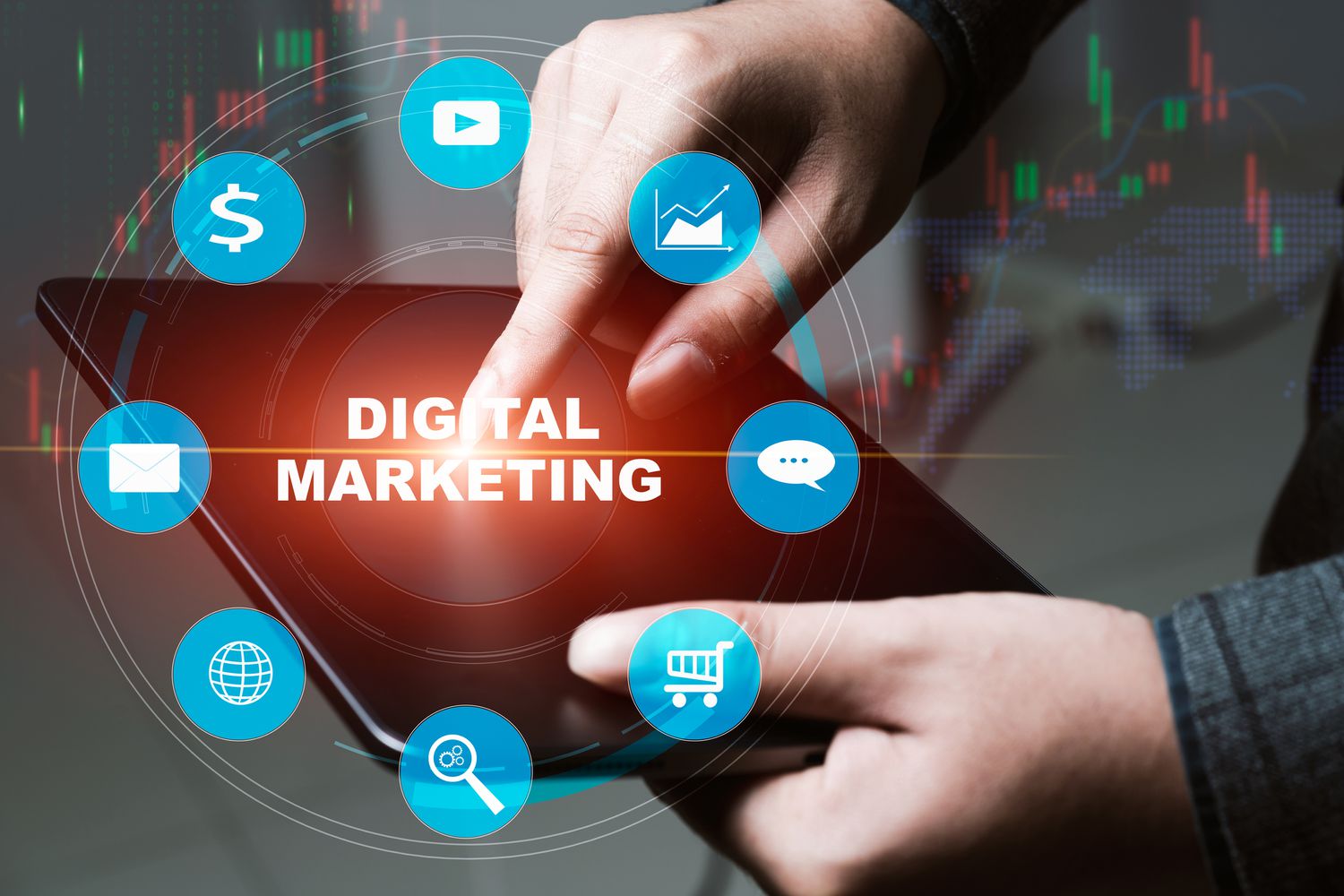Only 15 years ago, the average buyer utilized two touchpoints while purchasing an item.
That figure today? Six.
So, how will merchants keep up with today’s customer demands? Through the use of an omnichannel retail advertising strategy.
As per digital marketing agency Virginia experts, the term “omnichannel” refers to the use of numerous channels to promote, sell, purchase, and deliver items to clients. Omnichannel merchants use both online and physical channels to suit the requirements and desires of their customers.
While there are similarities between multichannel and omnichannel, increased channel connectivity allows omnichannel to rule supreme.
The customer-centric mindset is essential to a real omnichannel retail marketing approach. You must strive to provide a consistent brand experience at each point of contact, meeting your clients where they are. Your outlets should be allies rather than enemies.
That implies a fluid experience traveling between online and offline channels for customers and a single framework with unified systems between digital and physical alternatives for merchants.
Some of the most effective omnichannel strategies
Integrate your strategy.
Victory in the omnichannel approach isn’t just about communicating with clients across many channels; it’s about combining your methods to operate as a cohesive whole.
Begin to see the omnichannel strategy as a single strategy that brings your entire team together and ensures the entire team is on the same page.
Smooth channel shifts, uniformity throughout on and offline inventory levels, and a simplified customer experience across the whole lifespan are only possible with a dedicated effort. As a result, ensure that you are capable of providing this.
Make a well-planned consumer journey.
Perhaps a consumer learns about your small business IT solutions via a trusted friend. They keep up with your new items and promotions on social media and are positively delighted to find an online bargain on seasonal products.
They go over your online catalog, maybe adding a few items to their basket, but need to complete the transaction. Instead, they stop by your business in passing and purchase, re-engaging through one of your after-sale support letters.
This is the essence of the omnichannel consumer experience. However, each path is unique.
Deploy feedback mechanisms and contact clients to learn where they are during each stage of the process, then utilize this knowledge to map out and comprehend the trip. You can’t enhance anything unless you grasp it, so make learning and action a priority as part of your omnichannel strategy.
Outperform Expectations of your Customers.
Customers have high expectations, and rightly so.
You won’t be able to please every consumer, but you can make an attempt. Today, 90% of customers anticipate an omnichannel experience. They want to be able to buy online and pick up in-store or read useful articles to ensure they’re making the appropriate choice.
You must be where your consumers are before they arrive. And you must be helpful. This includes addressing their queries, comparing product benefits, and being open about if your rivals’ products could better meet their needs.


